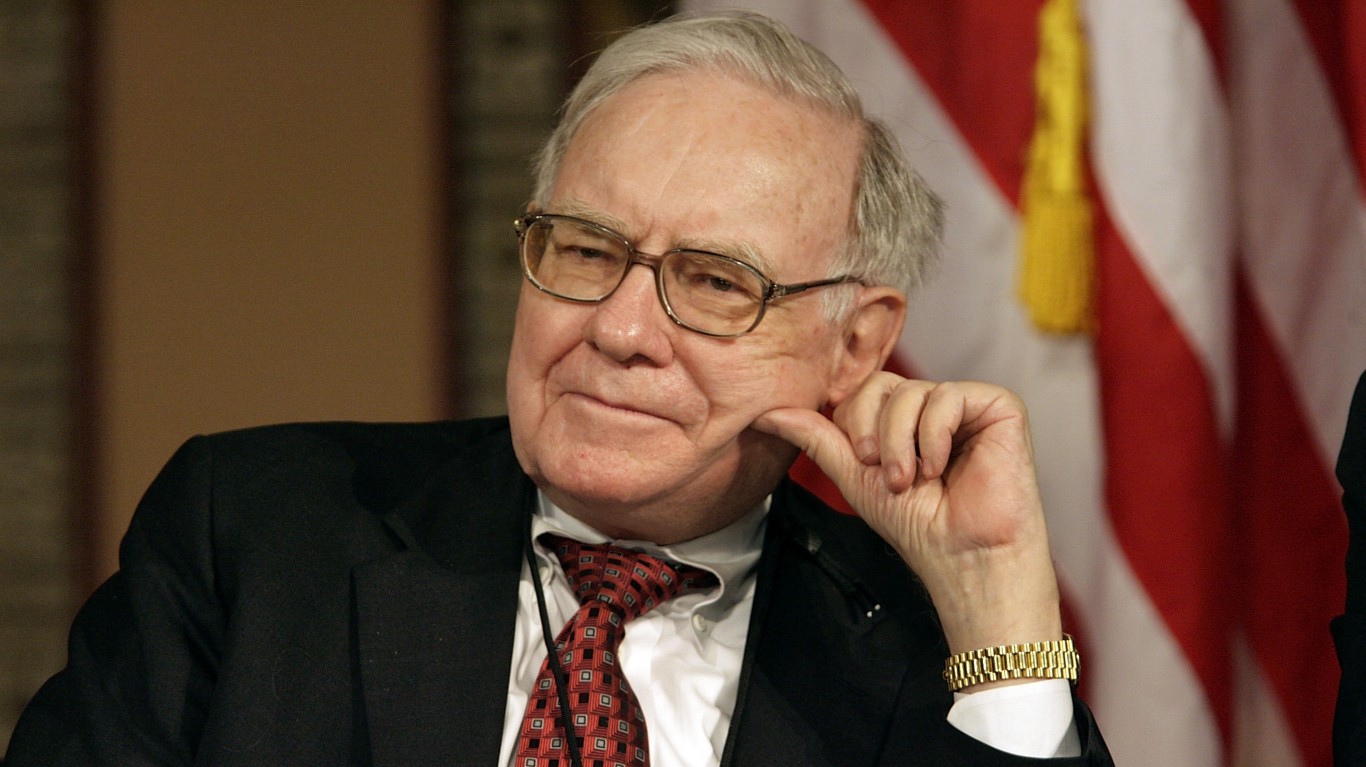Amazon Gets Hammered for the Holidays
December 3, 2019 by Douglas A. McIntyreAmazon.com Inc. (NASDAQ: AMZN) should be by far the most successful American retail company over the holiday season. It virtually controls the e-commerce business, which has continued to swamp brick-and-mortar retail. There is evidence that people flocked online this past weekend and that store foot traffic dropped off to levels not experienced since the Great Recession. Yet, Wall Street has turned its back on Amazon, and there are several reasons why.
Just because large retailers did not have a flood of people to their locations does not mean that Amazon has complete control of e-commerce, at least at the level it has had in the past. By some measures, it is the fourth most visited website in America. However, Walmart holds the 23rd place, just behind Pinterest. Target is in 41st place, just behind Accuweather. While neither of these retailers has close to Amazon’s presence, their online traffic shows that they have a meaningful part of the market.
Amazon’s traffic challenge may be due to its own success. Its presence in the e-commerce universe likely has peaked, or come close to it. According to research company EMarketer, Amazon’s share of the market is 38%. That number has been as high as 47%. EMarketer pointed out that Amazon has competition beyond traditional retailers, particularly because of the success of eBay. Amazon’s e-commerce growth likely will start to slow. In the most recent quarter, North American e-commerce grew 23% to $46.2 billion. While impressive, it is slower than most quarters in the past.
Amazon is also caught in a free-shipping bind. It has increased the number of items it ships for next-day delivery. The industry standard used to be two days. The improvement has cost Amazon dearly at the bottom line. In the most recent quarter, operating income for North America was $1.28 billion, only 63% of what it was in the same period a year ago.
Amazon continues to have the advantage of its Prime subscriber program, which has well in excess of 100 million members. These people get free shipping other Amazon shoppers do not have. Prime members are twice as likely to buy from Amazon compared with other shoppers. They also have access to Amazon’s huge library of streaming video. But the video part of the business has been pressed by the traditional success of Netflix and has new competition from formidable startups like Disney+ and Apple TV+. Amazon may well have a problem in Prime growth because of these. In addition, the other services may make it harder for Amazon to raise Prime membership prices.
Amazon also holds a lead in the electronic home assistant business. Its Alexa-powered products allow people to do a number of mundane tasks around their houses via voice control and to stream music and answer basic questions the way Apple’s Siri can. Amazon finds itself pressured in this business by new products, led by Google’s Home.
Amazon’s growth driver has become its AWS cloud operation, the largest cloud business in the world, by far. Aggressive competition from Microsoft and other companies has started to shave its market share.
The holidays should be the sweet spot for Amazon’s large online business, but its stock has traded flat for the past three months. By contrast, Walmart’s is up 4% and Target’s by 16%. Something is wrong for Amazon, even though it has one of the best reputations among all U.S. companies.
 24/7 Wall St.
24/7 Wall St.